Need Premises Fiber Optic Cable? Go Small and Dense!
Leave a Comment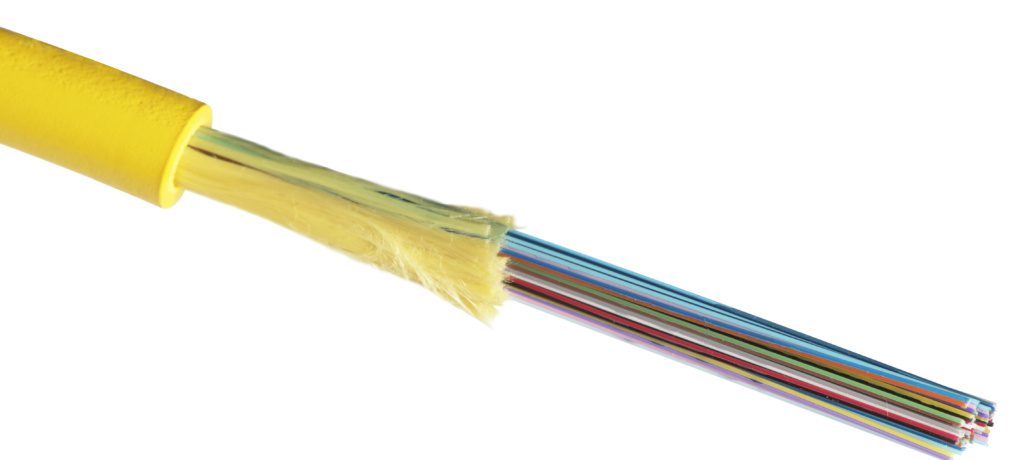 When you need a fiber-dense yet compact cabling solution for high-bandwidth, high-density applications, look to the R-Pack™ Rollable Ribbon (RR) Backbone Fiber Optic Cable. As the newest member of our award-winning Premises Rollable Ribbon cable portfolio, this cable marks a key step forward in premises building cable innovation.
When you need a fiber-dense yet compact cabling solution for high-bandwidth, high-density applications, look to the R-Pack™ Rollable Ribbon (RR) Backbone Fiber Optic Cable. As the newest member of our award-winning Premises Rollable Ribbon cable portfolio, this cable marks a key step forward in premises building cable innovation.
Doubling the Density
Combining plenum-rated materials with OFS rollable ribbons creates a very compact, yet robust and fiber-dense cable. By featuring rollable ribbons, the latest OFS optical fiber technology, the R-Pack RR Backbone Cable offers twice the fiber density when compared to a traditional flat ribbon premises cable. The result is a reduced diameter, fiber-dense cable that helps customers to substantially improve fiber routing and save on space in congested pathways.
What are Rollable Ribbons?
To form rollable ribbons, 250 micron fibers are partially bonded to each other at intermittent points. Rollable ribbon cables offer the advantages of both loose fibers and traditional flat fiber ribbons in one fiber optic cable. These ribbons can be rolled and routed similarly to individual bare fibers and can also be spliced like traditional fiber ribbons. Rollable ribbons promote efficient and cost-effective mass fusion splicing while also offering easy breakout of individual fibers. These capabilities can help simplify cable installation, save on splicing time and costs and get a new data center or building deployment up and running quickly.
Versatile Cable
While the R-Pack RR Backbone Cable meets stringent Telcordia GR-409 standards for horizontal backbone applications, its plenum construction also meets NFPA 202 requirements for use in a number of demanding building applications, such as routing through ladder racking and raceways. This fiber optic cable can also be used in numerous other application spaces or even to construct assemblies.
Featuring 24, 48 or 72 optical fibers in a versatile design, the R-Pack RR Backbone Fiber Optic Cable is a natural choice for use in Data Centers, Central Offices and Fiber-to-the-Business applications.

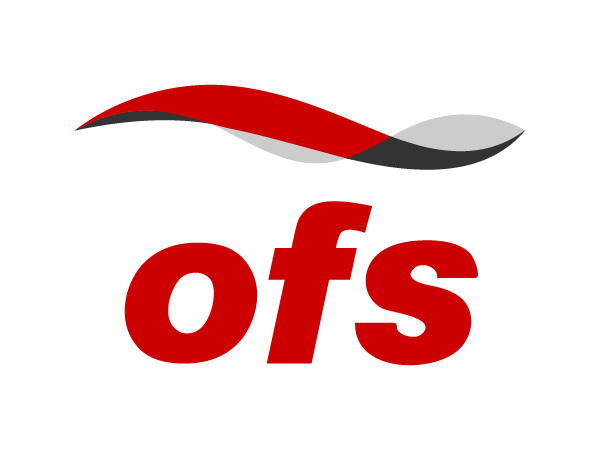
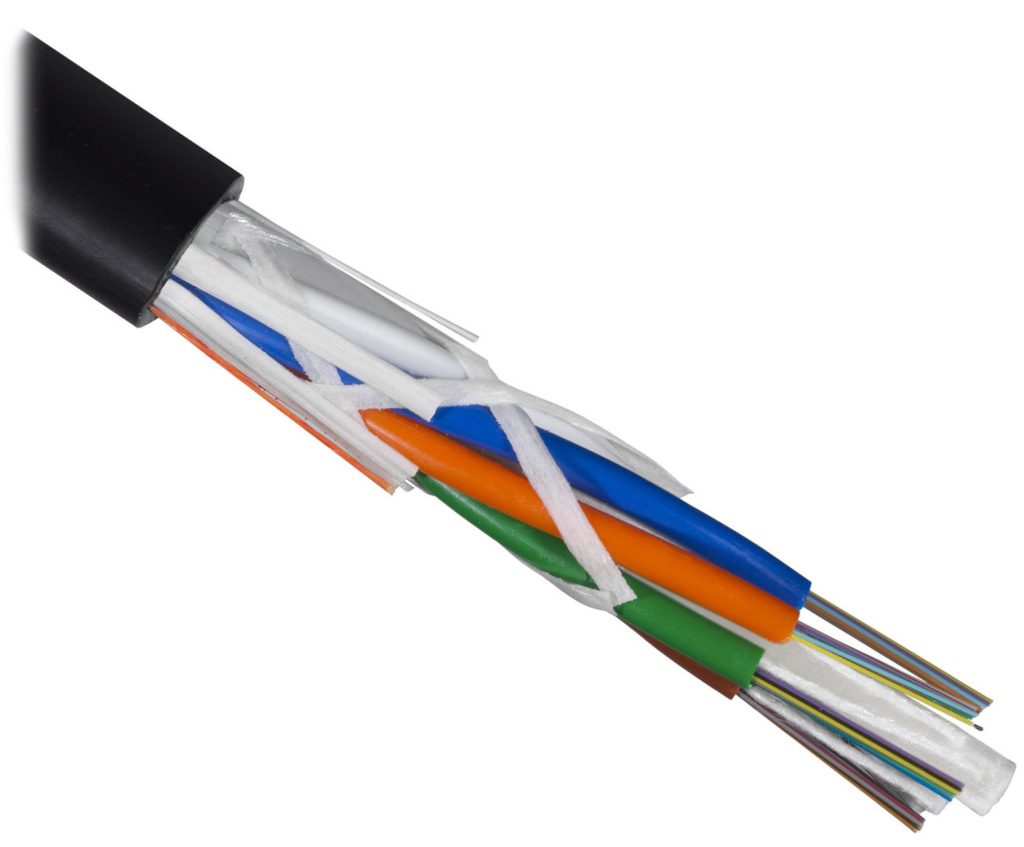 As everyone uses more bandwidth than ever before, today’s networks require more optical fiber in less space. To help address this need, OFS introduced
As everyone uses more bandwidth than ever before, today’s networks require more optical fiber in less space. To help address this need, OFS introduced 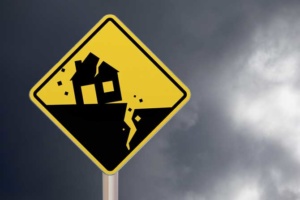 Researchers hope to use networks of unused, dark fiber optic cables to help detect underground sound waves that can warn of an impending earthquake.
Researchers hope to use networks of unused, dark fiber optic cables to help detect underground sound waves that can warn of an impending earthquake. Today the United Nations, its partners and women and girls around the world are marking the International Day of Women and Girls in Science.
Today the United Nations, its partners and women and girls around the world are marking the International Day of Women and Girls in Science. You panic when even a few drops of water fall on your laptop. Everyone knows that water and electronics don’t “mix.” That’s why it seems so ironic that most of the Internet’s “hard” infrastructure lies underwater on the ocean floor.
You panic when even a few drops of water fall on your laptop. Everyone knows that water and electronics don’t “mix.” That’s why it seems so ironic that most of the Internet’s “hard” infrastructure lies underwater on the ocean floor.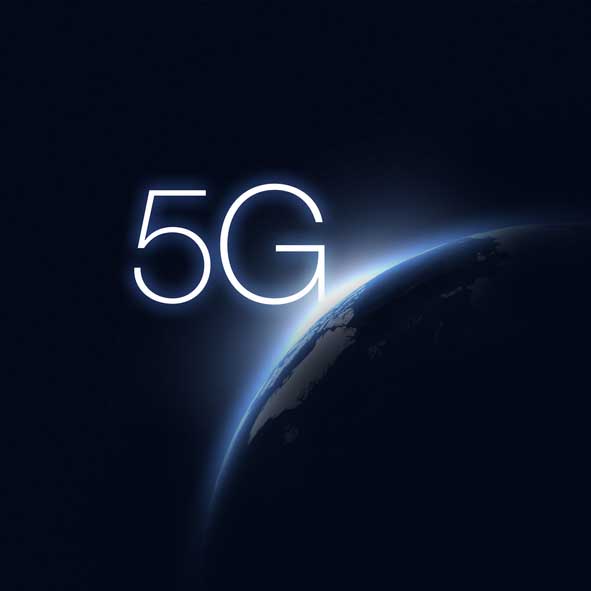 There’s been lots of excitement and even some “hype” around the idea of 5G. But what is it really? Does it mean just
There’s been lots of excitement and even some “hype” around the idea of 5G. But what is it really? Does it mean just 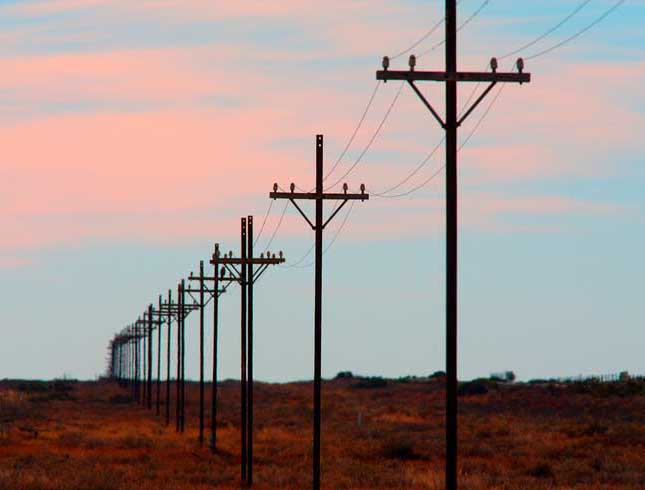 Fiber optic sensors
Fiber optic sensors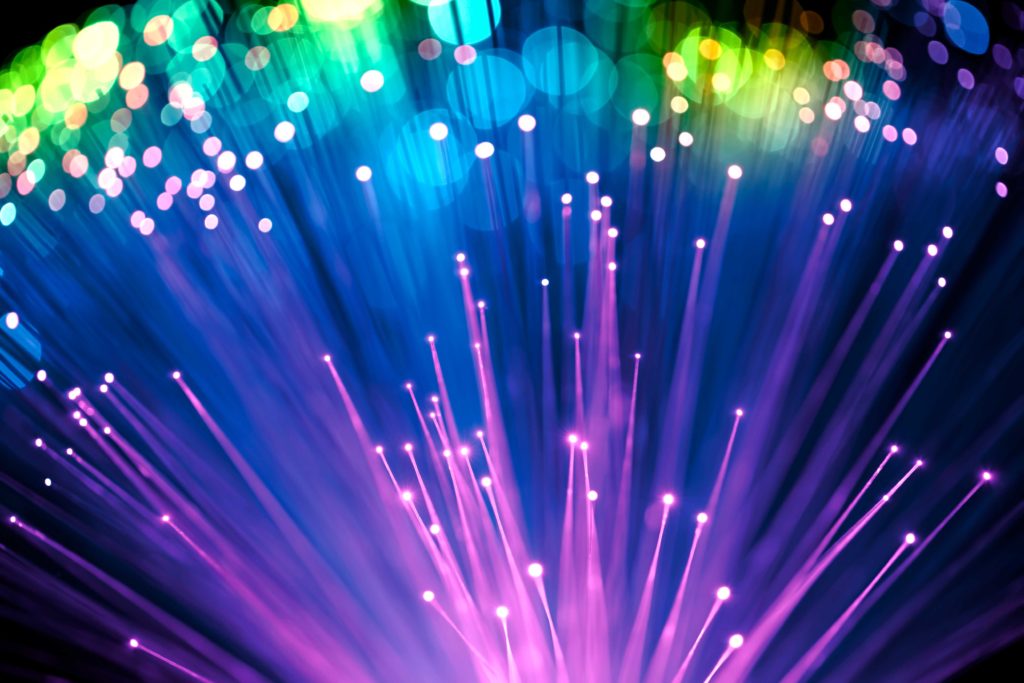 High density cable means more fiber density in less space. From 5G to data centers to FTTx, the picture is clear. Everyone uses more bandwidth than ever before. And while bandwidth demand may seem endless, the space to install fiber optic cable isn’t. That’s why being able to install more optical fiber in the same or less space can be a game changer for today’s network operators. And it’s why “High Density” is also a critical word for many service providers today.
High density cable means more fiber density in less space. From 5G to data centers to FTTx, the picture is clear. Everyone uses more bandwidth than ever before. And while bandwidth demand may seem endless, the space to install fiber optic cable isn’t. That’s why being able to install more optical fiber in the same or less space can be a game changer for today’s network operators. And it’s why “High Density” is also a critical word for many service providers today.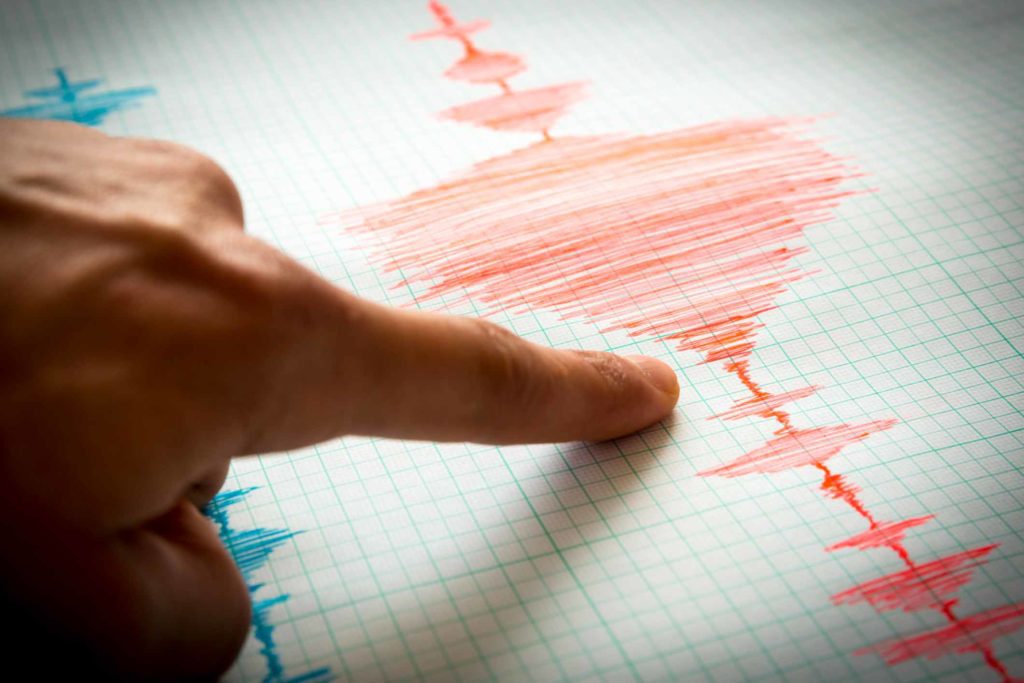 Detecting ocean-floor seismic activity is crucial to our understanding of the interior structure and dynamic behavior of the Earth. However, with 70% of the planet’s surface covered by water and only a handful of permanent, ocean-bottom seismometer stations, very little overall seismic activity is actually recorded.
Detecting ocean-floor seismic activity is crucial to our understanding of the interior structure and dynamic behavior of the Earth. However, with 70% of the planet’s surface covered by water and only a handful of permanent, ocean-bottom seismometer stations, very little overall seismic activity is actually recorded.